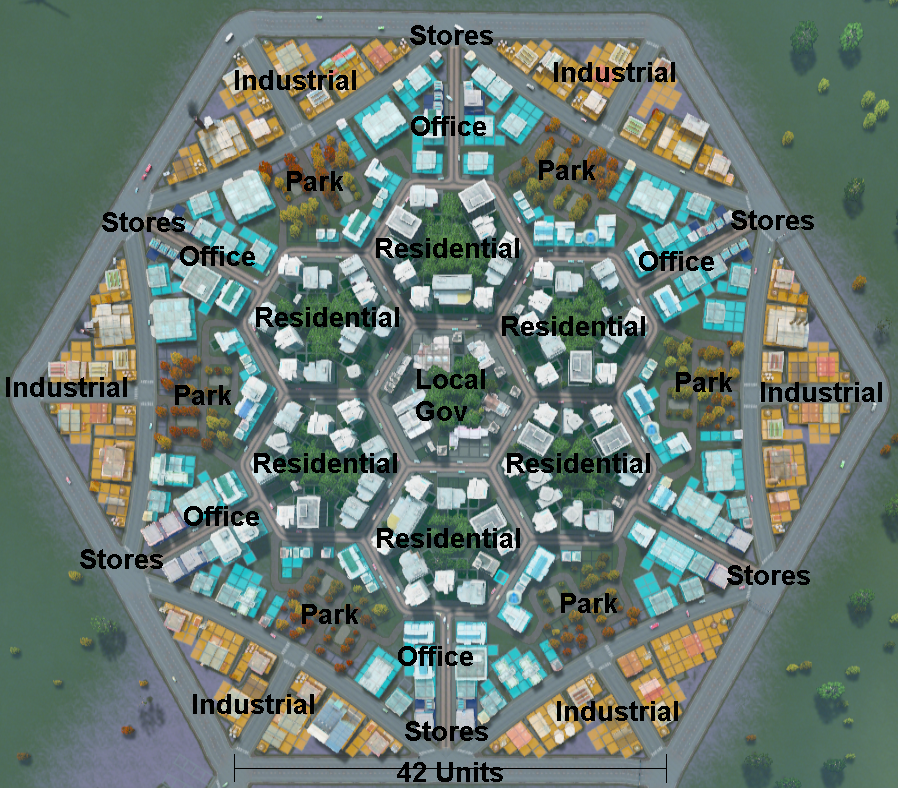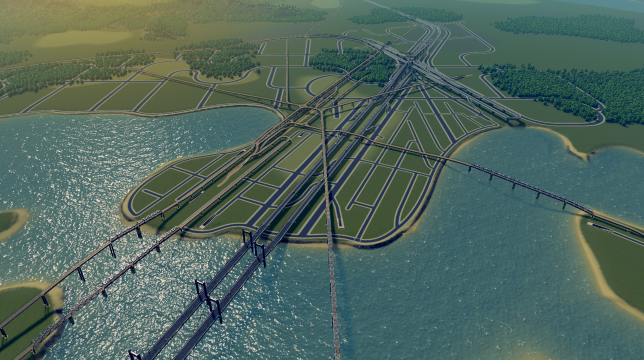


You should find where it enters your city in order to plan your future railway junctions. This means you should keep this in mind when doing Cities Skylines planning your future expansion. You shouldn’t plan a residential area next to a huge oil field. Speaking of industries, in the beginning, you should figure out where are the places that have rich deposits of raw materials for your industries.Also, the location of the highway is important for defining where it’s better to place your industries. Don’t forget about the principle of the road hierarchy which means that having a plan for the highway you should plan avenues, streets, and so on. Its location on the map defines how your city will be connected to the main external arteria. Review where your raw material deposits are This highway connection defines the location of your industries The presence of the railroad line on the nearest tile may tell you how you will plan your tourism, industries, and transportation So, what are the factors you should consider in the beginning? The map has some anchors which will be used by you for this or that object, zone, or district. You should define your goals and the sequence of reaching them. Even when you have only one square unlocked you should start thinking about what tile will be unlocked next and why. Your Cities Skylines layout planning should start when the game begins. So, that’s a Cities Skylines city layout guide that should give you some thoughts on building a nice-looking functional city that is made of not only grids. But sometimes at the end of the day, I’m thinking that I should have been more creative and less lazy. Also, I have a feeling that I’m using space in the smartest way. For me, it’s because Cities Skylines grid layout is easy and fast to build. However, it’s not easy to stop doing grids right away. If you’re in the game for a while then you are probably done with the cities made of grids. Cities Skylines Strategy of City Planning


 0 kommentar(er)
0 kommentar(er)
